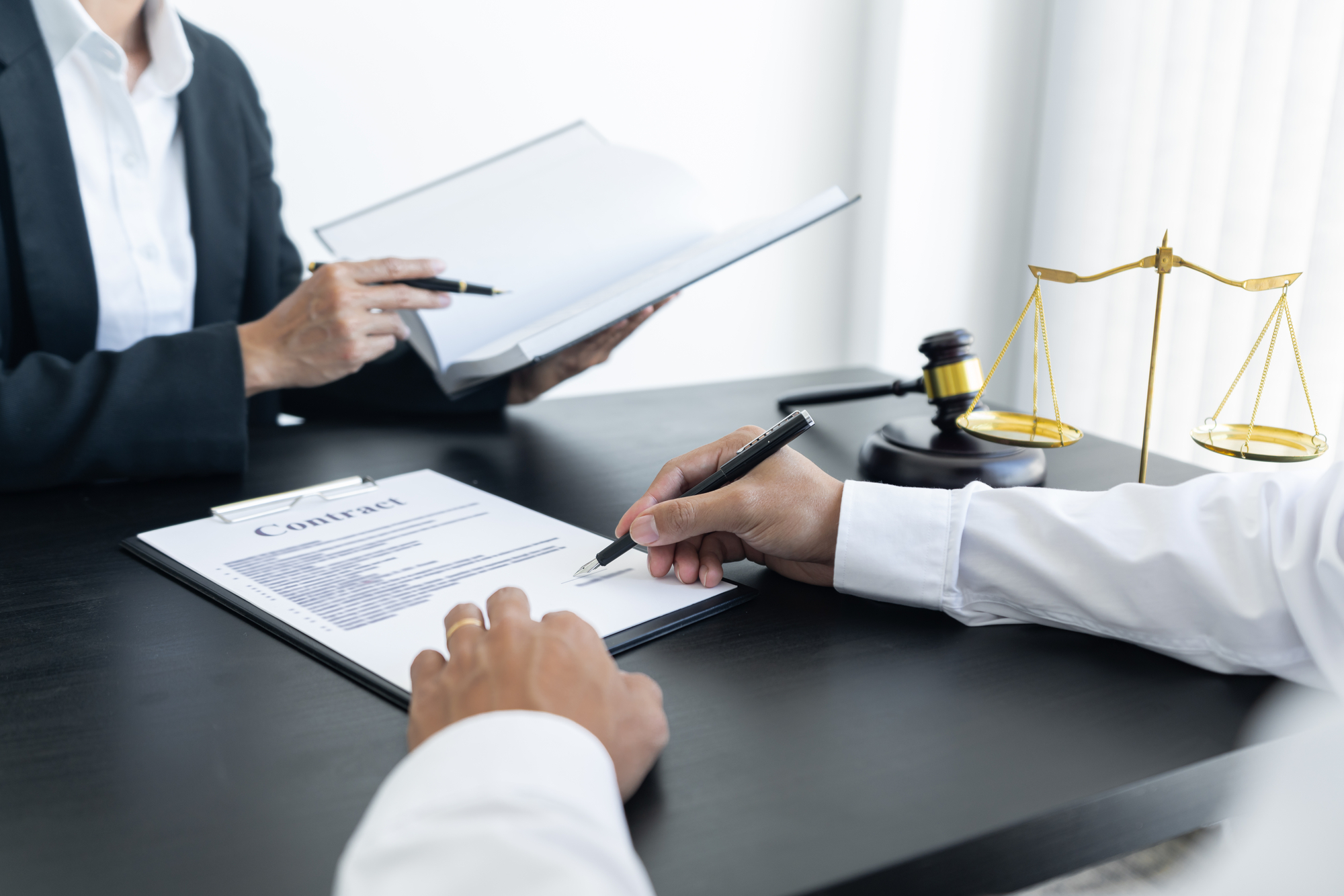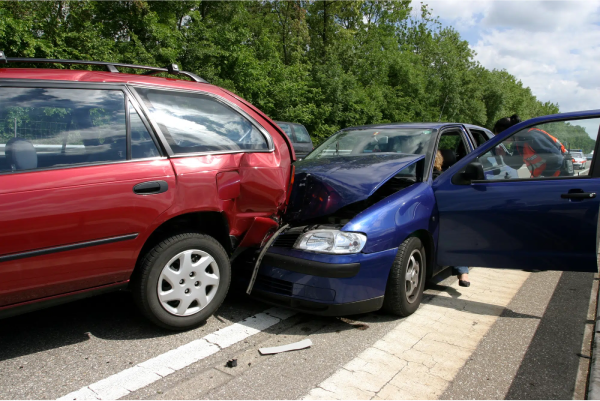Explore The Key Strategies That Could Reshape Your Personal Injury Claim
- Explore The Key Strategies That Could Reshape Your Personal Injury Claim
- Key Points:
- What is Personal Injury?
- Negligence in Personal Injury
- How do you prove negligence in a personal injury claim?
- Duty of Care
- Breach of Duty
- Causation
- Damages
- What Evidence Can Help Prove Negligence?
- Photographic Evidence
- Witness Statements
- Medical Records
- Incident Reports
- Surveillance Footage
- Communication Records
- Expert Opinions
- Prior Incidents
- Documentation of Losses
- Social Media and Online Content
- California Comparative Negligence Law
- Pure Comparative Negligence
- Contribution Among Defendants
- What Damages Can I Recover?
- Time Limit in Proving Negligence
- Helping You Establish the Elements of Negligence in Your Injury Claim!
Proving negligence in your personal injury lawsuit is essential to getting compensation after a vehicle accident, slip-and-fall, or other accident. Let’s simplify legal language, explain the process, and give you the tools to win.
Negligence underpins many personal injury claims. Negligence is when someone harms another by not taking due care.
Key Points:
- Understanding negligence is crucial for navigating the aftermath of an injury and building a solid personal injury case.
- Negligence is a foundational concept in personal injury law, requiring the injured party to prove that the responsible party’s negligence directly caused their injuries.
- The four key elements of negligence in a personal injury case are Duty of Care, Breach of Duty, Causation, and Damages.
- Proving negligence involves presenting compelling evidence, such as photographic evidence, witness statements, medical records, incident reports, surveillance footage, communication records, and expert opinions.
- California follows a pure comparative negligence system, allowing recovery even if the injured party is partially at fault, with damages adjusted based on the percentage of fault.
- Recoverable damages in a personal injury case may include medical expenses, lost wages, property damage, pain and suffering, loss of consortium, disfigurement, loss of enjoyment of life, and potentially punitive damages.
- The statute of limitations for filing a personal injury lawsuit in California is generally two years from the date of the injury or discovery, with exceptions for government claims and injuries to minors.
Understanding negligence becomes your guiding light if you find yourself navigating through the aftermath of an injury.
What is Personal Injury?
Personal injury is physical or psychological harm caused by another’s careless, intentional, or wrongful conduct. The liable party might be sued for personal injury in civil law.
Common examples of personal injury incidents include:
- Car Accidents
- Slip and Fall Accidents
- Product Liability
- Workplace Injuries
- Assault and Battery
- Dog Bites
- Wrongful Death
Legal representation is typically needed to navigate the legal system, acquire evidence, and argue for the injured party in complex personal injury cases.
Negligence in Personal Injury
In personal injury law, negligence is crucial. This legal principle underpins many personal injury cases. The plaintiff must prove that the defendant was negligent or engaged in wrongful conduct and that this negligence or misconduct directly caused the injuries.
Negotiating with insurance companies or initiating a civil action for medical bills, lost income, pain and suffering, and other damages is common.
How do you prove negligence in a personal injury claim?
The injured party must prove four elements of negligence to win a personal injury case. In a personal injury case, negligence includes:
-
Duty of Care
The first step is showing that the negligent person owed the plaintiff a duty of care. This duty is generally dependent on the parties’ relationship or interaction. For instance, drivers must drive safely and property owners must keep their properties safe.
-
Breach of Duty
The plaintiff must prove the defendant broke the duty of care. The defendant breaches the standard of care when their acts fall short. This includes the commission and omission of unreasonable acts.
-
Causation
The defendant’s breach of duty causes the plaintiff’s injuries. There are two types of causation: factual (the defendant’s conduct would not have caused the injury) and legal (the defendant’s acts were a proximate cause and the injury was foreseeable).
-
Damages
Finally, the plaintiff must prove the defendant’s negligence caused actual harm or losses. Damages include physical injuries, mental distress, medical bills, economic loss, and others.
Different situations can lead to negligence cases. Establishing negligence requires knowing the facts and circumstances of the incident.
What Evidence Can Help Prove Negligence?
Proving negligence in a personal injury claim needs strong evidence of the important elements. Some frequent evidence used to prove negligence and support a personal injury claim:
Photographic Evidence
- Scene of the Incident: Photographs of the location of the incident can help establish the conditions and circumstances at the time of the event.
- Injuries: Clear and dated photographs of the injuries sustained can be robust evidence of the harm suffered.
Witness Statements
- Eyewitness Accounts: Statements from individuals who witnessed the incident can provide unbiased perspectives on what happened.
- Expert Witnesses: Accident reconstructionists and medical professionals can explain complex topics and prove negligence.
Medical Records
- Medical Reports: Documentation from healthcare providers detailing the injuries, treatments, and prognosis is crucial in establishing the extent of harm suffered.
- Bills and Expenses: Invoices and receipts for medical expenses, rehabilitation, and ongoing treatment can demonstrate the financial impact of the injuries.
Incident Reports
- Police Reports: Police reports can provide an official summary of accidents, including party details, witness accounts, and citations.
- Accident Reports: Reports generated by relevant authorities or agencies, such as workplace incident reports, can serve as valuable evidence.
Surveillance Footage
- Video Evidence: If available, surveillance footage from cameras near the incident can provide a visual account of what transpired.
Communication Records
- Correspondence: Letters, emails, or text messages that discuss the incident or acknowledge fault can be used to support the claim.
- Admissions of Guilt or Responsibility: Any statements the negligent party makes admitting fault or responsibility can be robust evidence.
Expert Opinions
- Accident Reconstruction: Experts in accident reconstruction can analyze the scene, vehicle dynamics, and other factors to provide a professional opinion on how the incident occurred.
- Medical Experts: Medical professionals can testify about the cause and extent of injuries, linking them to the incident and establishing the need for treatment.
Prior Incidents
- History of Negligence: Evidence of previous incidents involving the same negligent party, especially if they were similar, may demonstrate a pattern of negligence.
Documentation of Losses
- Lost Wages: Documentation of lost income, including pay stubs and employment records, can establish the financial impact of the injuries on the plaintiff’s ability to work.
- Property Damage: In cases involving property damage, such as a vehicle in a car accident, repair estimates and bills can be presented as evidence.
Social Media and Online Content
- Posts and Photos: Content shared on social media platforms can sometimes provide insights into the injured party’s condition or the incident’s circumstances.
Working with a skilled personal injury attorney to obtain and present this evidence is crucial. Legal professionals can help you construct a strong case and analyze all relevant facts for a successful personal injury claim.
California Comparative Negligence Law
California uses “pure comparative negligence” in comparative negligence. This rule applies when multiple parties are at fault for an accident or injury. Here are key aspects of California’s comparative negligence law:
Pure Comparative Negligence
In pure comparative negligence, each party in an accident or injury is allocated a percentage of fault based on their negligence. You can seek damages even if you contributed to your injury. Your fault percentage reduces damages.
If you are 30% at fault for an accident and the damages are $100,000, you can claim $70,000.
Contribution Among Defendants
California also follows joint and several responsibilities, which holds each defendant individually liable for any economic damages regardless of fault. Only non-economic damages (such as pain and suffering) are the defendants’ responsibility.
What Damages Can I Recover?
If you prove the four elements of carelessness, you can get compensation. You can obtain damages in a personal injury case depending on the kind and amount of your injuries, the incident, and the legislation.
Here are common types of damages that may be recoverable in a personal injury case:
Economic Damages: These are quantifiable financial losses in a personal injury claim.
- Medical Expenses
- Lost Wages
- Property Damage
Non-economic Damages are subjective and non-quantifiable financial losses in a personal injury claim.
- Pain and Suffering
- Loss of Consortium
- Disfigurement or Scarring
- Loss of Enjoyment of Life
Punitive Damages: In some cases, punitive damages may be awarded to punish the defendant for egregious conduct and deter similar behavior. However, punitive damages are not always available and are subject to specific legal criteria.
The specific types and amounts of damages you can recover vary. Additionally, if your actions contributed to the incident, the principles of comparative negligence may apply, reducing the overall damages award based on your percentage of fault.
Time Limit in Proving Negligence
California has specific time limits within which a personal injury lawsuit must be filed. The general statute of limitations for personal injury cases is two years from the date of the injury or discovery of the injury. There are, however, factors that could affect the statute of limitations including:
- Discovery Rule: In cases where the injury is not immediately apparent, the two-year period may start from when the injury is discovered or should have been reasonably discovered.
- Government Claims: If the defendant is a government entity, there are specific notice requirements and shorter time limits, often within six months to one year.
- Minors: For injuries to minors, the statute of limitations is generally tolled (paused) until they turn 18.
It’s crucial to initiate legal action within the applicable statute of limitations. Failing to file a lawsuit within this timeframe may result in losing your right to pursue a claim even if you have all the evidence to prove negligence in your claim successfully.
Helping You Establish the Elements of Negligence in Your Injury Claim!
Proving negligence is a critical concept in personal injury law, forming the basis for claims seeking compensation for injuries and losses. Consulting with our San Diego personal injury attorney at Benner Law Firm is highly advisable if you believe you have a personal injury case based on negligence and require legal assistance.
Whether you have been involved in a motorcycle accident, injured in your workplace, or have been a victim of some other accident, Benner Law Firm can provide the guidance and legal representation needed to navigate the complexities of your case. Our legal team can assess the specific details of your situation, help establish the elements of negligence, and work diligently to secure fair compensation for your injuries and damages.
By partnering with Benner Law Firm, you can enhance your chances of achieving a just resolution and obtaining the compensation you deserve. Call us today for a free strategy session!
 Call Us Now
Call Us Now Email Us Now
Email Us Now


